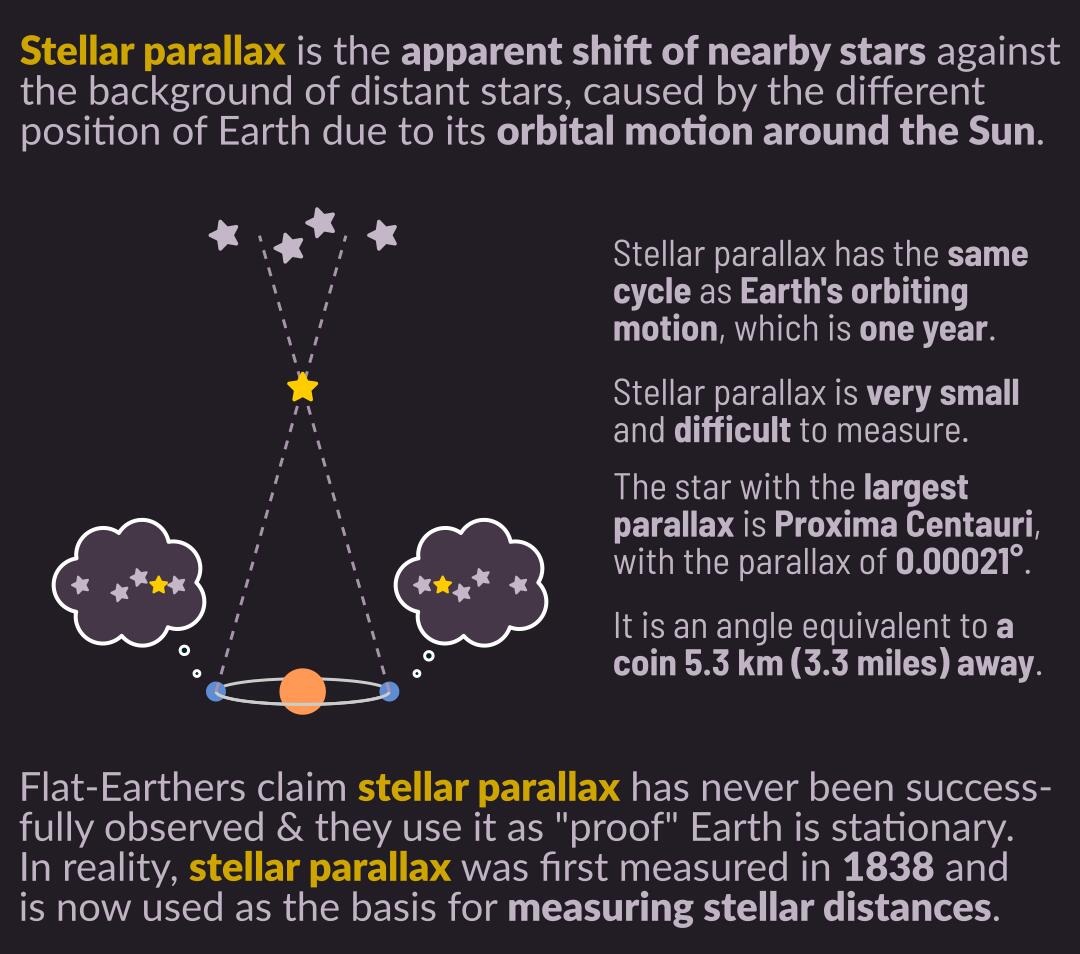Why in the News?
A recent study has showcased that spacecrafts can locate themselves using a simple stellar parallax method with just two nearby stars, without relying on Earth.

What is Stellar Parallax?
- Overview: Stellar parallax is the apparent shift in a star’s position against background stars when observed from two different vantage points.
- Example: On Earth, this is measured every 6 months as the planet moves to opposite sides of its orbit.
- Parallax Angle: The degree of this shift gives the star’s distance. Larger parallax means the star is closer.
- Application in Space: By observing stars from both Earth and a spacecraft (billions of km apart), the relative positions can be compared to calculate the spacecraft’s distance.
About the New Horizons Demonstration:
- Spacecraft: Launched in 2006, New Horizons explored Pluto (2015) and is now beyond 60 AU (astronomical units).
- Observation: On April 23, 2020, astronomers measured parallaxes of Proxima Centauri (4.2 light years) and Wolf 359 (7.9 light years) using Earth-based telescopes and New Horizons’ onboard instruments.
- Results:
- Proxima’s parallax: 32.4 arcseconds
- Wolf 359’s parallax: 15.7 arcseconds
- Derived spacecraft position: 46.89 AU, matching DSN’s 47.11 AU reading.
- Requirements: Only a camera, onboard computer, and stellar catalogue — no special equipment needed.
Significance:
- Self-sufficient Navigation: Enables spacecraft to calculate their position without depending solely on Earth-based radio signals.
- For Future Missions: Particularly useful for interstellar missions, where Earth’s beacons won’t be practical.
- Simplicity: Unlike more complex astrometric navigation or pulsar navigation, this method is accessible with minimal hardware.
- Educational Value: Though not precise enough yet for real-time navigation, it is a proof of concept for deep-space autonomy.
| [UPSC 2012] A person stood alone in a desert on a dark night and wanted to reach his village which was situated 5 km east of the point where he was standing. He had no instruments to find the direction, but he located the polestar. The most convenient way now to reach his village is to walk in the:
Options: (a) direction facing the polestar (b) direction opposite to the polestar (c) direction keeping the polestar to his left * (d) direction keeping the polestar to his right |
Get an IAS/IPS ranker as your 1: 1 personal mentor for UPSC 2024

